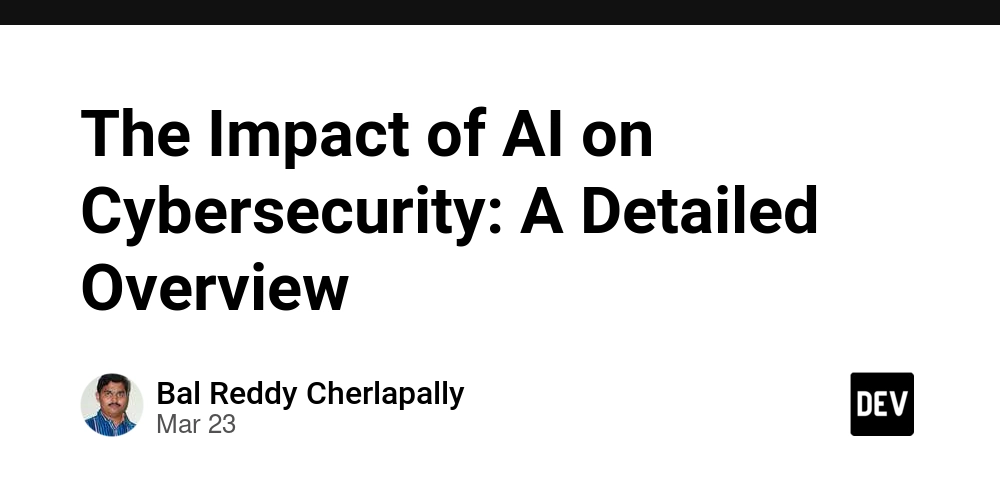eIDAS 2.0 Europe Digital Transformation
eIDAS 2.0 is the European Union's updated regulatory framework for digital identity and trust services, building on the original 2014 eIDAS regulation. It aims to create a secure, user-centric digital ecosystem through the European Digital Identity (EUDI) Wallet and enhanced interoperability. Here's a detailed breakdown: Core Objectives Universal Access: Provide EU citizens/businesses with secure, cross-border digital IDs valid for both public and private services. Data Control: Empower users to manage and share identity attributes (e.g., diplomas, medical records) via the EUDI Wallet. Interoperability: Ensure seamless recognition of digital IDs across all member states. Security Compliance: Align with GDPR and introduce stricter requirements for trust service providers. Key Features of eIDAS 2.0 European Digital Identity (EUDI) Wallet Functionality: Securely stores digital IDs, credentials, and attributes (e.g., driver’s licenses, academic diplomas). User Control: Citizens decide what data to share, with whom, and for how long. Cross-Border Use: Recognized EU-wide, enabling access to services like tax filing, bank account opening, and prescription renewals in any member state. Enhanced Trust Services Electronic Seals/Attestations: Legally equivalent to physical documents, usable in courts and public institutions. Qualified Electronic Signatures: Available to individuals for private purposes via the EUDI Wallet. Remote Identification: Supports video-based verification to simplify access to online services. Implementation Plan & Timeline Regulatory Milestones February 29, 2024: European Parliament formally adopted eIDAS 2.0. May 20, 2024: Regulation entered into force after publication in the EU Official Journal. 2026 Deadline: Member states must provide national EUDI Wallets to citizens, with free issuance and open-source software. Technical Rollout National Adaptations: Countries like Poland are upgrading existing systems (e.g., mObywatel) to comply. Pilot Projects: Four large-scale trials (e.g., health, finance use cases) will continue through 2025 to refine interoperability. Validation Mechanisms: Member states must provide free tools to verify wallet authenticity and relying parties’ identities. Stakeholders & Partners Member States: Responsible for developing national wallets and ensuring compliance (e.g., Germany’s deID, Italy’s SPID). Qualified Trust Service Providers (QTSPs): Offer cross-border trust services like e-signatures without additional national approvals. Private Sector: Banks, healthcare providers, and e-commerce platforms must integrate EUDI Wallet acceptance. EU Institutions: Oversee standardization via the European Digital Identity Framework Challenges & Considerations Adoption Incentives: The wallet is optional, requiring safeguards against discrimination for non-users. Age Verification: While useful for age checks, the EUDI Wallet won’t cover younger children, necessitating alternative solutions under GDPR. Technical Harmonization: Ensuring open-source systems align with diverse national infrastructures. eIDAS 2.0 represents a paradigm shift toward a unified digital Europe, prioritizing user autonomy and cross-border accessibility. Success hinges on coordinated efforts between governments, QTSPs, and private entities to meet the 2026 deadline. How EveryCRED Can Help to Transformed Digitally EveryCRED is a digital credential platform that aligns with eIDAS 2.0's requirements for secure, interoperable identity solutions. Here's how it supports compliance and implementation: Core Alignment with eIDAS 2.0 Verifiable Credentials (VCs): EveryCRED issues VCs tied to decentralized identifiers (DIDs), enabling tamper-proof storage and selective data sharing—key for the EUDI Wallet's user-controlled data model. Interoperability: Uses standards like OpenID4VC and SD-JWT to ensure compatibility with eIDAS 2.0’s cross-border requirements, allowing seamless integration with EUDI Wallets. Blockchain Security: Leverages immutable ledgers for credential storage, meeting eIDAS 2.0’s enhanced security demands for trust services. Implementation Support Credential Issuance & Verification Enables businesses to issue GDPR-compliant credentials (e.g., diplomas, licenses) that integrate with EUDI Wallets. Provides public verifiers to authenticate credentials across sectors like healthcare, finance, and education. Compliance Tools APIs for Integration: Simplifies embedding VC issuance/verification into existing systems, reducing development time for eIDAS 2.0 alignment. Custom Solutions: Adapts to industry-specific needs (e.g., mobile driver’s licenses under ISO/IEC 18013-5’s mDoc format). Industry-Specific Use Cases Finance: Streamlines KYC/AML processes with reusable credentials for cross-border account open

eIDAS 2.0 is the European Union's updated regulatory framework for digital identity and trust services, building on the original 2014 eIDAS regulation. It aims to create a secure, user-centric digital ecosystem through the European Digital Identity (EUDI) Wallet and enhanced interoperability. Here's a detailed breakdown:
Core Objectives
- Universal Access: Provide EU citizens/businesses with secure, cross-border digital IDs valid for both public and private services.
- Data Control: Empower users to manage and share identity attributes (e.g., diplomas, medical records) via the EUDI Wallet.
- Interoperability: Ensure seamless recognition of digital IDs across all member states.
- Security Compliance: Align with GDPR and introduce stricter requirements for trust service providers.
Key Features of eIDAS 2.0
European Digital Identity (EUDI) Wallet
- Functionality: Securely stores digital IDs, credentials, and attributes (e.g., driver’s licenses, academic diplomas).
- User Control: Citizens decide what data to share, with whom, and for how long.
- Cross-Border Use: Recognized EU-wide, enabling access to services like tax filing, bank account opening, and prescription renewals in any member state.
Enhanced Trust Services
- Electronic Seals/Attestations: Legally equivalent to physical documents, usable in courts and public institutions.
- Qualified Electronic Signatures: Available to individuals for private purposes via the EUDI Wallet.
- Remote Identification: Supports video-based verification to simplify access to online services.
Implementation Plan & Timeline
Regulatory Milestones
- February 29, 2024: European Parliament formally adopted eIDAS 2.0.
- May 20, 2024: Regulation entered into force after publication in the EU Official Journal.
- 2026 Deadline: Member states must provide national EUDI Wallets to citizens, with free issuance and open-source software.
Technical Rollout
- National Adaptations: Countries like Poland are upgrading existing systems (e.g., mObywatel) to comply.
- Pilot Projects: Four large-scale trials (e.g., health, finance use cases) will continue through 2025 to refine interoperability.
- Validation Mechanisms: Member states must provide free tools to verify wallet authenticity and relying parties’ identities.
Stakeholders & Partners
- Member States: Responsible for developing national wallets and ensuring compliance (e.g., Germany’s deID, Italy’s SPID).
- Qualified Trust Service Providers (QTSPs): Offer cross-border trust services like e-signatures without additional national approvals.
- Private Sector: Banks, healthcare providers, and e-commerce platforms must integrate EUDI Wallet acceptance.
- EU Institutions: Oversee standardization via the European Digital Identity Framework
Challenges & Considerations
- Adoption Incentives: The wallet is optional, requiring safeguards against discrimination for non-users.
- Age Verification: While useful for age checks, the EUDI Wallet won’t cover younger children, necessitating alternative solutions under GDPR.
- Technical Harmonization: Ensuring open-source systems align with diverse national infrastructures.
eIDAS 2.0 represents a paradigm shift toward a unified digital Europe, prioritizing user autonomy and cross-border accessibility. Success hinges on coordinated efforts between governments, QTSPs, and private entities to meet the 2026 deadline.
How EveryCRED Can Help to Transformed Digitally
EveryCRED is a digital credential platform that aligns with eIDAS 2.0's requirements for secure, interoperable identity solutions. Here's how it supports compliance and implementation:
Core Alignment with eIDAS 2.0
- Verifiable Credentials (VCs): EveryCRED issues VCs tied to decentralized identifiers (DIDs), enabling tamper-proof storage and selective data sharing—key for the EUDI Wallet's user-controlled data model.
- Interoperability: Uses standards like OpenID4VC and SD-JWT to ensure compatibility with eIDAS 2.0’s cross-border requirements, allowing seamless integration with EUDI Wallets.
- Blockchain Security: Leverages immutable ledgers for credential storage, meeting eIDAS 2.0’s enhanced security demands for trust services.
Implementation Support
-
Credential Issuance & Verification
- Enables businesses to issue GDPR-compliant credentials (e.g., diplomas, licenses) that integrate with EUDI Wallets.
- Provides public verifiers to authenticate credentials across sectors like healthcare, finance, and education.
-
Compliance Tools
- APIs for Integration: Simplifies embedding VC issuance/verification into existing systems, reducing development time for eIDAS 2.0 alignment.
- Custom Solutions: Adapts to industry-specific needs (e.g., mobile driver’s licenses under ISO/IEC 18013-5’s mDoc format).
-
Industry-Specific Use Cases
- Finance: Streamlines KYC/AML processes with reusable credentials for cross-border account opening.
- Healthcare: Securely shares medical records via selective disclosure, minimizing data exposure.
Strategic Advantages
- Early Adoption: Helps businesses avoid 2026 compliance risks by pre-integrating with eIDAS 2.0 standards.
- Cost Efficiency: Reduces fraud and operational overhead through automated verification.
- Partnership Ecosystem: Collaborates with regulators and identity providers to ensure alignment with evolving technical specifications.
EveryCRED acts as a bridge for organizations transitioning to eIDAS 2.0, offering both foundational technology and sector-specific adaptations to meet the EU’s digital identity goals.




























![[Webinar] AI Is Already Inside Your SaaS Stack — Learn How to Prevent the Next Silent Breach](https://blogger.googleusercontent.com/img/b/R29vZ2xl/AVvXsEiOWn65wd33dg2uO99NrtKbpYLfcepwOLidQDMls0HXKlA91k6HURluRA4WXgJRAZldEe1VReMQZyyYt1PgnoAn5JPpILsWlXIzmrBSs_TBoyPwO7hZrWouBg2-O3mdeoeSGY-l9_bsZB7vbpKjTSvG93zNytjxgTaMPqo9iq9Z5pGa05CJOs9uXpwHFT4/s1600/ai-cyber.jpg?#)














































































































































![[The AI Show Episode 144]: ChatGPT’s New Memory, Shopify CEO’s Leaked “AI First” Memo, Google Cloud Next Releases, o3 and o4-mini Coming Soon & Llama 4’s Rocky Launch](https://www.marketingaiinstitute.com/hubfs/ep%20144%20cover.png)















































































































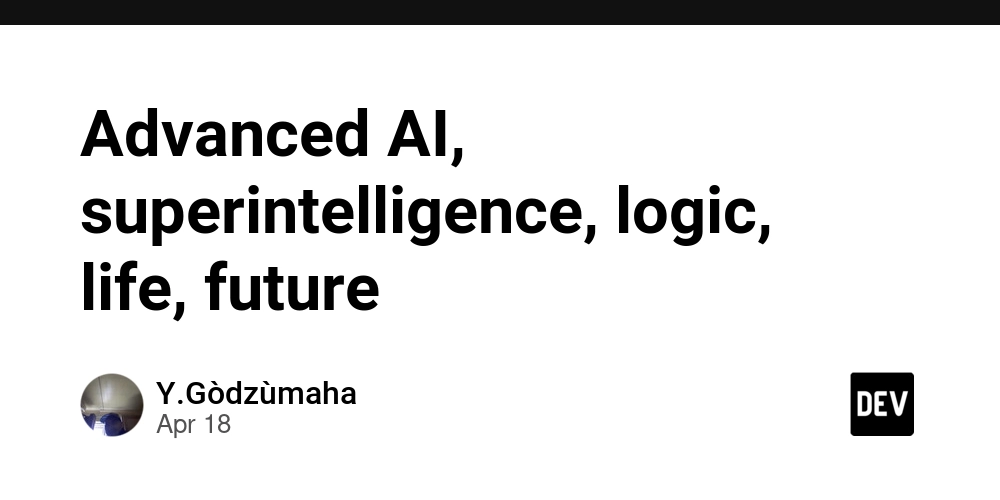
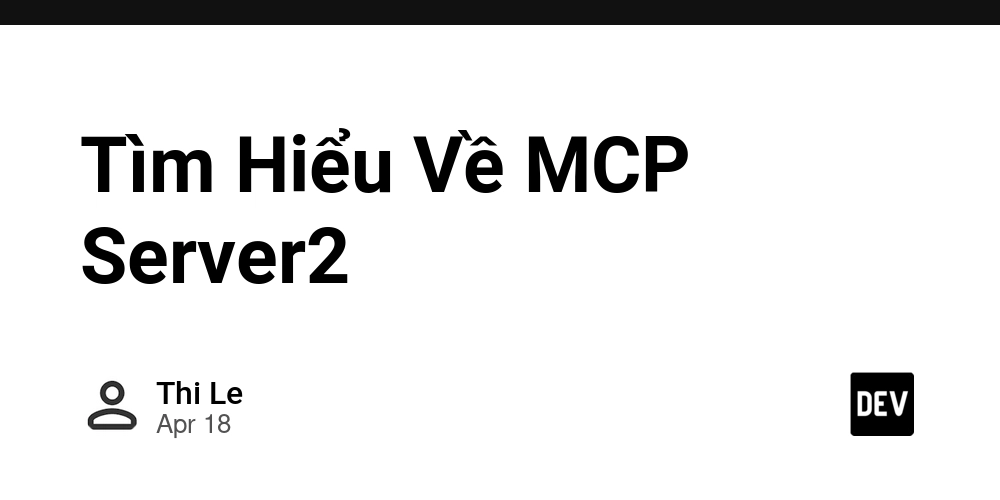
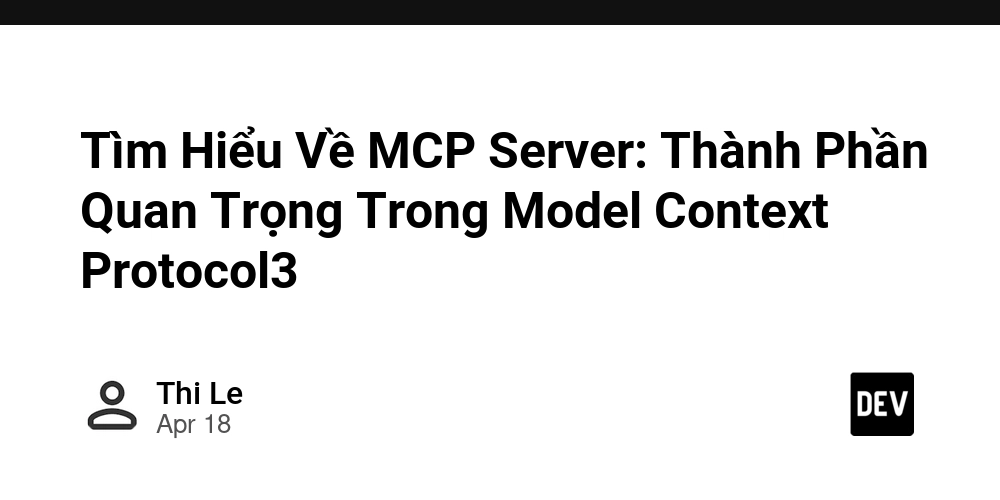
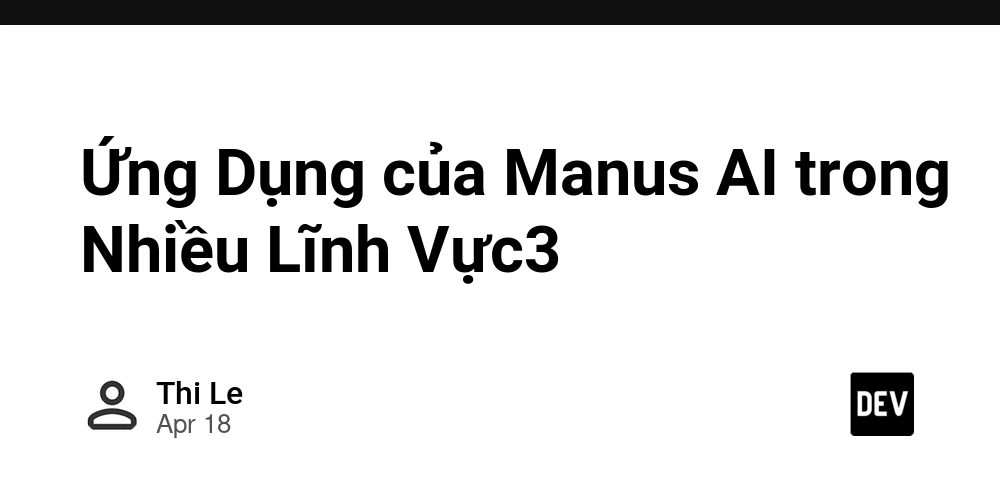

















































































![Rogue Company Elite tier list of best characters [April 2025]](https://media.pocketgamer.com/artwork/na-33136-1657102075/rogue-company-ios-android-tier-cover.jpg?#)








































































_Andreas_Prott_Alamy.jpg?width=1280&auto=webp&quality=80&disable=upscale#)






































































































![Apple Watch Series 10 Back On Sale for $299! [Lowest Price Ever]](https://www.iclarified.com/images/news/96657/96657/96657-640.jpg)
![EU Postpones Apple App Store Fines Amid Tariff Negotiations [Report]](https://www.iclarified.com/images/news/97068/97068/97068-640.jpg)
![Apple Slips to Fifth in China's Smartphone Market with 9% Decline [Report]](https://www.iclarified.com/images/news/97065/97065/97065-640.jpg)


































































































































